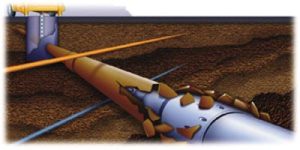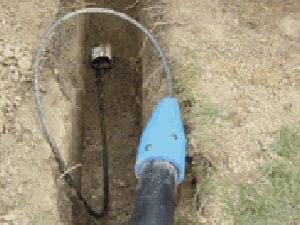CIPP vs Pipe Bursting
Home |
When it comes to fixing a problematic pipe, trenchless plumbing technology offers a hassle-free solution. With this technology, you don’t have to worry about digging up large areas of your property and disturbing your landscaping, or even going under an object that you don’t want to dig up. The best part is that trenchless technology…
Read MoreDid you know that there’s a way to repair pipes without digging trenches? It’s called pipe bursting and it’s a pretty neat procedure. Let me explain it to you in a bit more detail! Purposefully burst a pipe? Why in the world would you do that?Well, for those not familiar with different plumbing procedures, it’s…
Read MoreSewer Pipe Line Repair A burst sewer pipe in your home or small business is always a major inconvenience, but you can limit the impact on your wallet and stress levels by making a few smart choices about how you handle the situation. Fortunately, these days you do not need to tear up your entire…
Read MorePipe Bursting will correct the following to main line, service lateral and process piping. Cracked, broken or collapsed pipe Severely Corroded Pipe Root Infestation Ground water Infiltration Exfilaration of Sewage or Process Water Surcharging by upsizing of the existing
Read MoreBook An
Appointment
Categories


